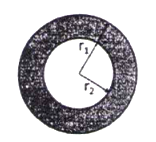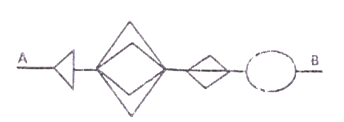 Multiple Choice Questions
Multiple Choice QuestionsWhat is the 94th term of the following sequence?
1, 1, 2, 2, 2, 2, 3, 3, 3, 3, 3, 3, 4, 4, 4, 4, 4, 4, 4, 4,....
8
9
10
11
The equation m2 - 33n + 1 = 0, where m and n are integers, has
no solution
exactly one solution
exactly two solutions
infinitely many solutions
The areas of the inner circle and the shaded ring are equal. The radii r1 and r2 are related by

r1 = r2
r1 = r2
r1 = r2
r1 = 2r2
If N, E and T are distinct positive integers such that N × E × T = 2013, then which of the following is the maximum possible sum of N, E and T?
39
2015
675
671
What is the maximum number of whole laddoos having diameter of 6cm that can be packed in a box whose inner dimensions are 24 × 18 × 17 cm3?
24
30
33
36
C.
33
The maximum number of whole laddoos that can be packed our 33.
A certain day, which is x days before 17th August, is such that 50 days prior to that day, it was 4x days since March 30th of the same year. What is x?
18
30
22
16
A mouse has to go from point A to B without retracting any part of the path, and never moving backwards. What is the total number of distinct paths that the mouse may take to go from A to B?

11
48
72
24
